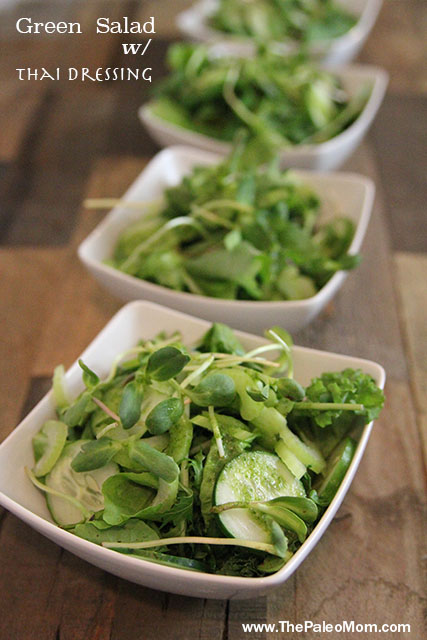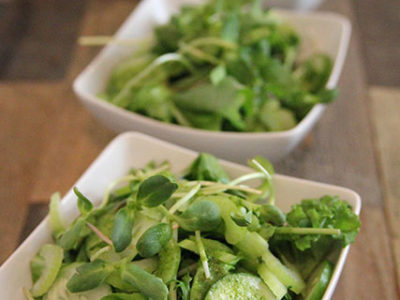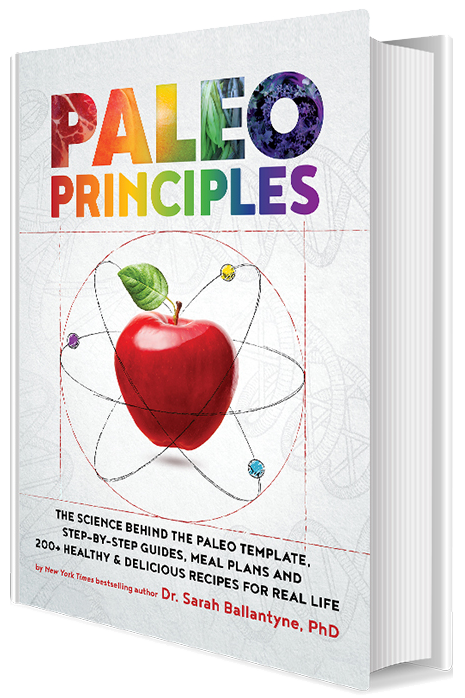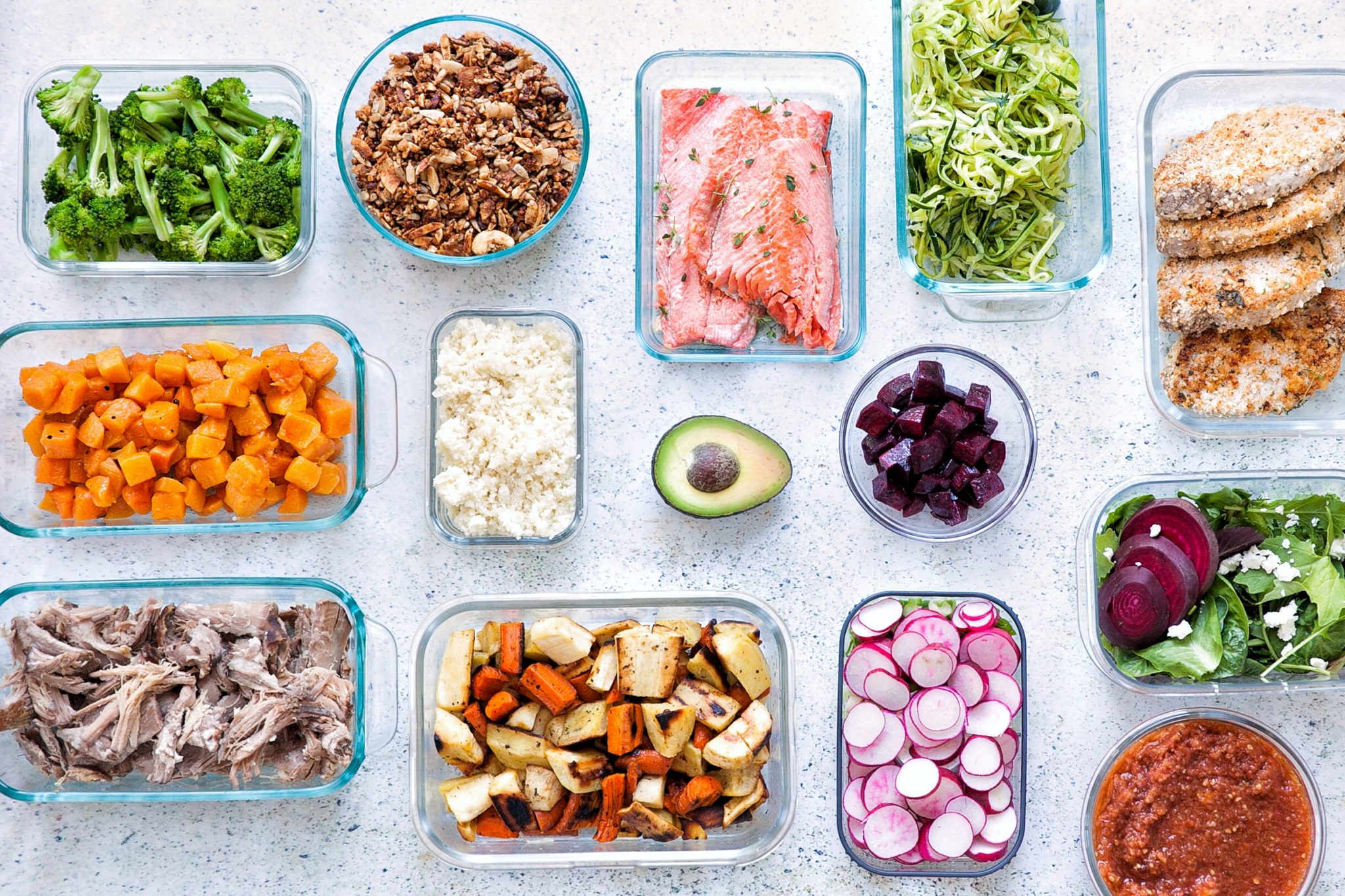You probably know that I’m a huge fan of a vegetable-rich diet (see here and here, just for starters). And I’m a huge fan of leafy greens. But, we tend to focus on the powerhouses of nutrition that are kale and collards and overlook just how awesome plain ol’ lettuce can be!
I recently hit on a fun fact: lettuce can help support better sleep (and it should be no surprise with the recent launch of Go To Bed that I’m crazy interested in sleep research!). Lettuce contains a compound called lactucarium, also sometimes called “lettuce opium”, which has sedative and analgesic properties and in its more concentrated form is known to provide a sense of euphoria and promote restful sleep. How much lettuce do you need to eat to count as a sleep aid? I can’t find a good answer to this in the medical literature, and it’s probably a crazy lot, but I think think this is pretty interesting property of good ol’ lettuce!
Lettuce (especially varieties like romaine and red leaf) are also packed with vitamins and minerals. Just one cup of shredded lettuce contains a mere 8 calories BUT contains 82% of your RDA of vitamin A (albeit in the less useful carotenoid form), 19% of your RDA of vitamin C, 60% of your RDA of vitamin K, 16% of your RDA of folate and a good amount of vitamins B1, B2, B3, B5 and B6! It’s also got some calcium, magnesium, phosphorous, potassium, iron, zinc, copper and manganese. Eating a head of lettuce instead of a wee cup (a head is more like 100 calories) gives you about a third of your RDA of all of those great B vitamins and minerals!
Yep, calorie-for-calorie, lettuce is a pretty darned nutrient-dense food (er, not iceberg lettuce. Let’s stick with romaine, leaf lettuce, and anything with some red color to it!). Plus, 20% of the calories in lettuce come from protein (remember plant proteins are always harder to digest than animal protein, but this is still a good thing from a blood sugar regulation perspective), two thirds of the carbohydrates in lettuce are fiber, and it naturally contains a 2:1 ratio of omega-3s to omega-6s.
We tend to think of lettuce as the blank slate underneath the more interesting components of a salad, but it turns out that it’s a pretty remarkable veggie all on its own!
Of course, making a lettuce-dominant salad that’s interesting and delicious can still be a challenge! That’s where this recipe comes in. The salad ingredients themselves are pretty simple, but the dressing pulls it all together for an amazing flavor! This pairs well with simply seasoned meats or any Asian flavors. Want to turn this into a dinner salad? Add precooked chicken, steak or shrimp and away you go (plan on getting 4 servings out of this recipe instead of 8 though)! Bonus, this recipe is completely autoimmune protocol-friendly!
Prep Time: 10 minutes
Cook Time: none
Serves: 8

Ingredients (for Salad)
- 1.5 large cucumbers, sliced (peeled if peel is tough)
- 8-12 cups salad greens (choose mild greens; celery leaves are particular good as part of this mix)
- 2 cups sunflower sprouts
- 2 stalks celery, finely sliced
Ingredients (for Dressing)
- 1/4 cup fresh lime juice
- 2 tablespoons fish sauce
- 1/2 teaspoon honey
- 1 clove garlic, crushed
- 2 tablespoons chopped fresh cilantro
- 1 tablespoon chopped fresh mint
Directions
- Combine the salad ingredients in a large salad bowl or individual bowls for each serving.
- Combine the dressing ingredients separately. Blend in a personal blender or small blender jar for 10-20 seconds (alternately, you can chop the cilantro and mint super fine and mix by hand).
- Don’t toss the salad with dressing until ready to serve (or serve with dressing on the side).




 The Power of Journaling for Positive Self-Change: Self-Monitoring Makes All the Difference
The Power of Journaling for Positive Self-Change: Self-Monitoring Makes All the Difference